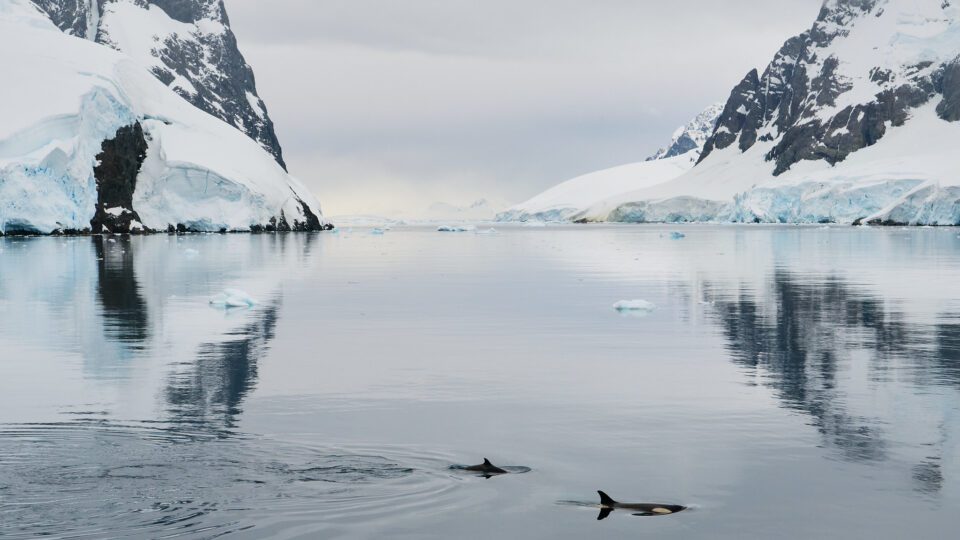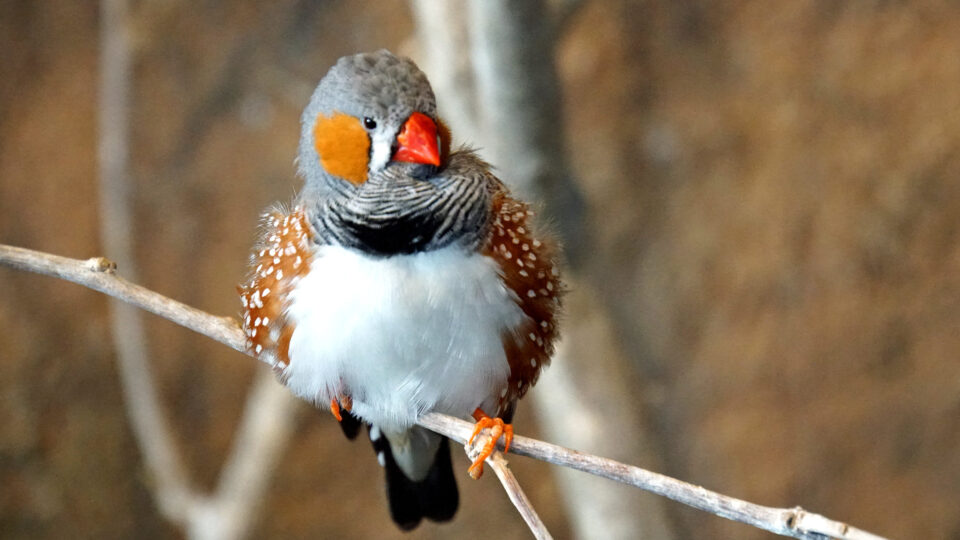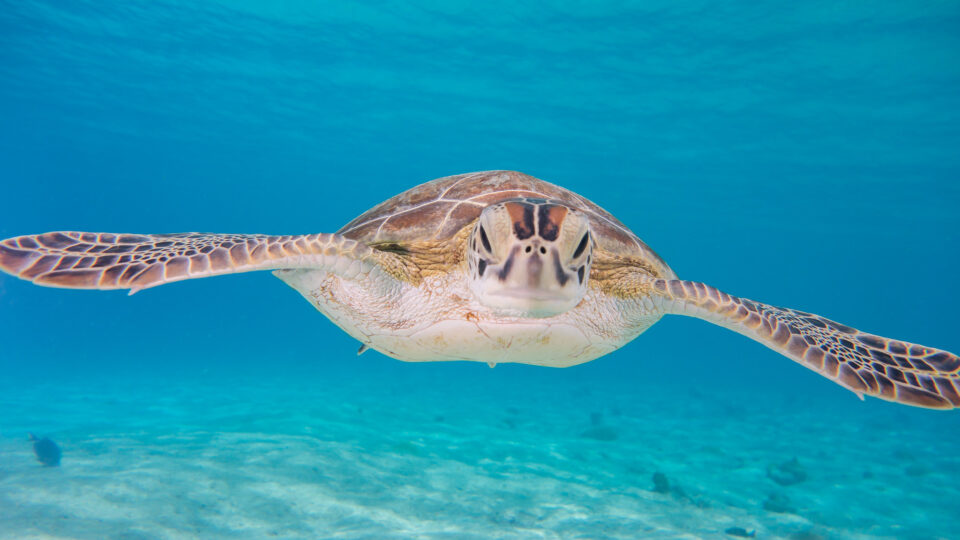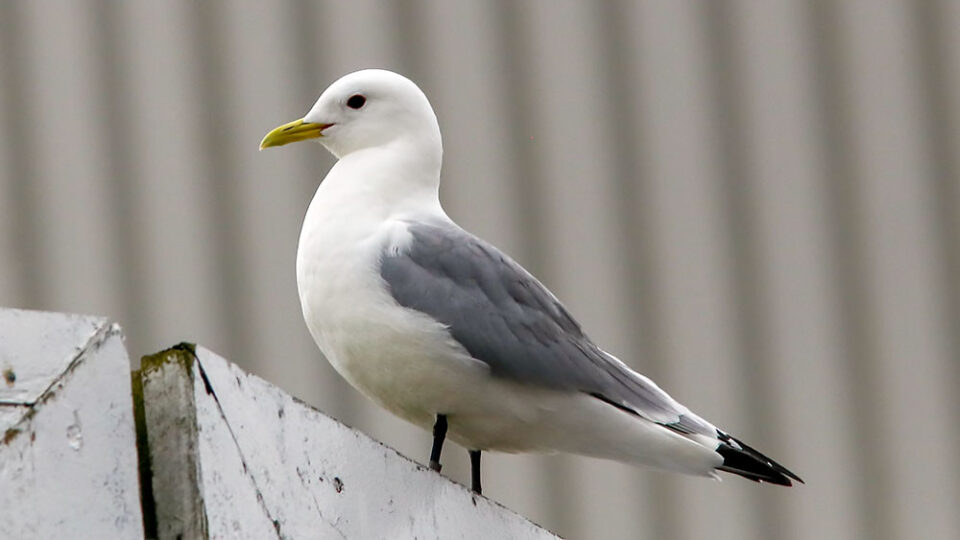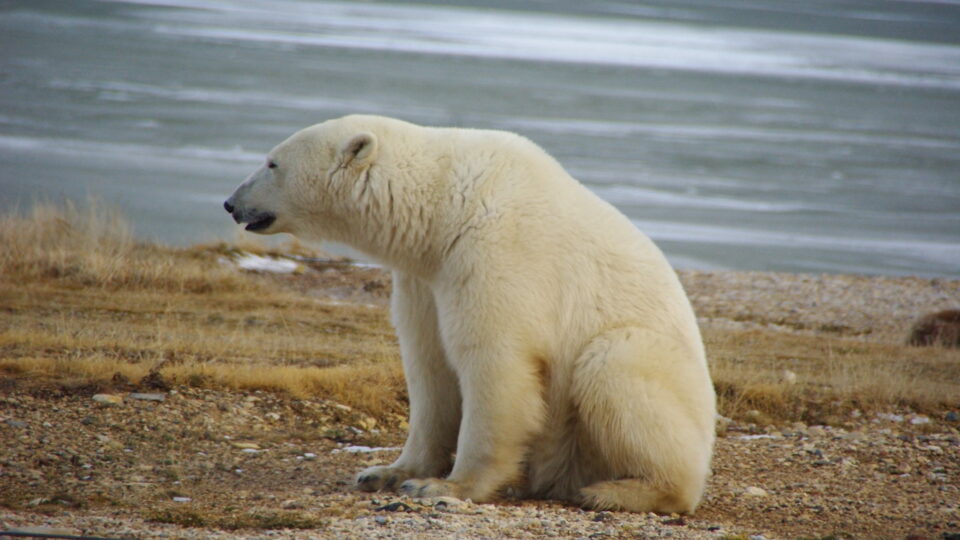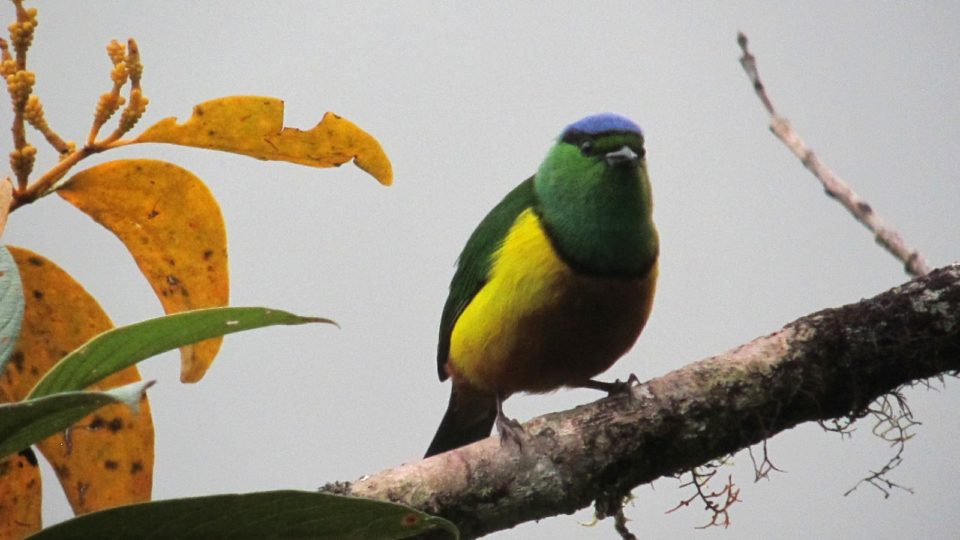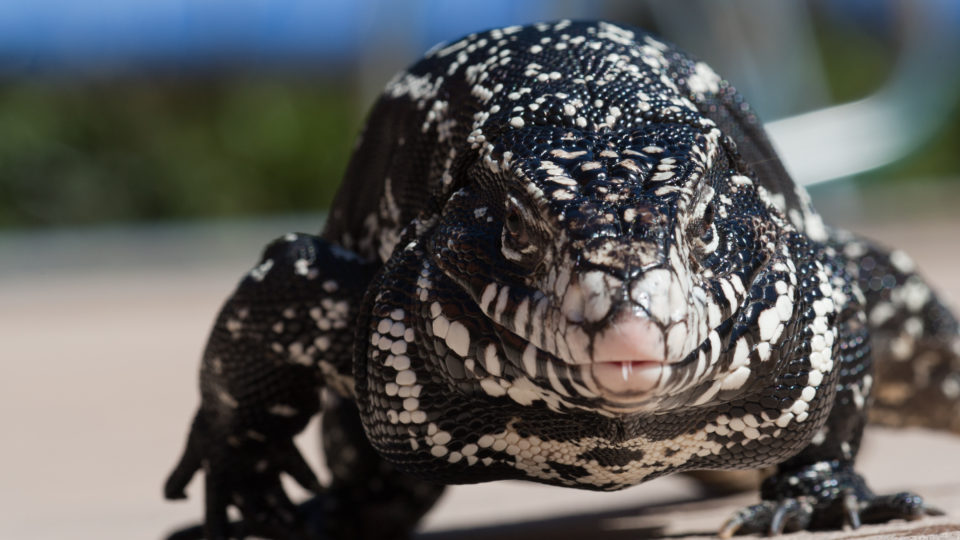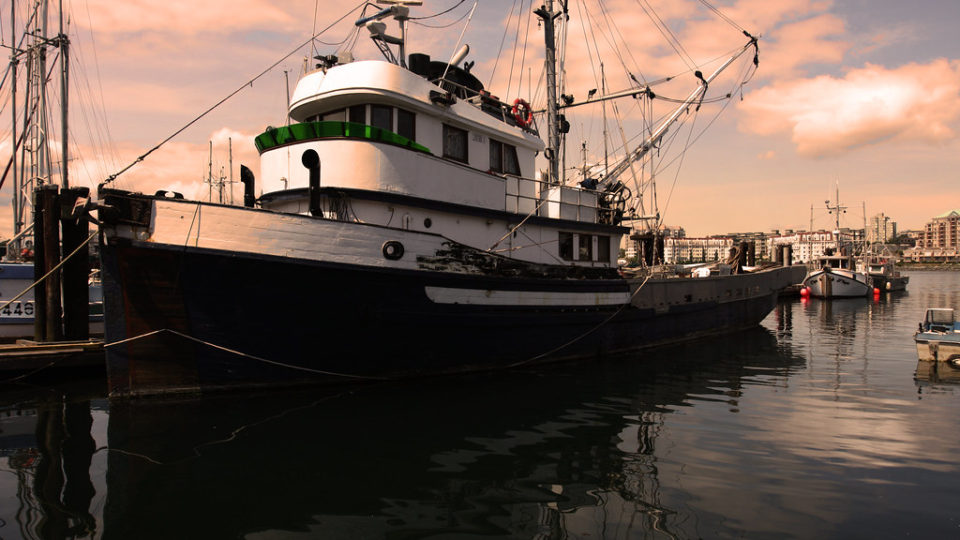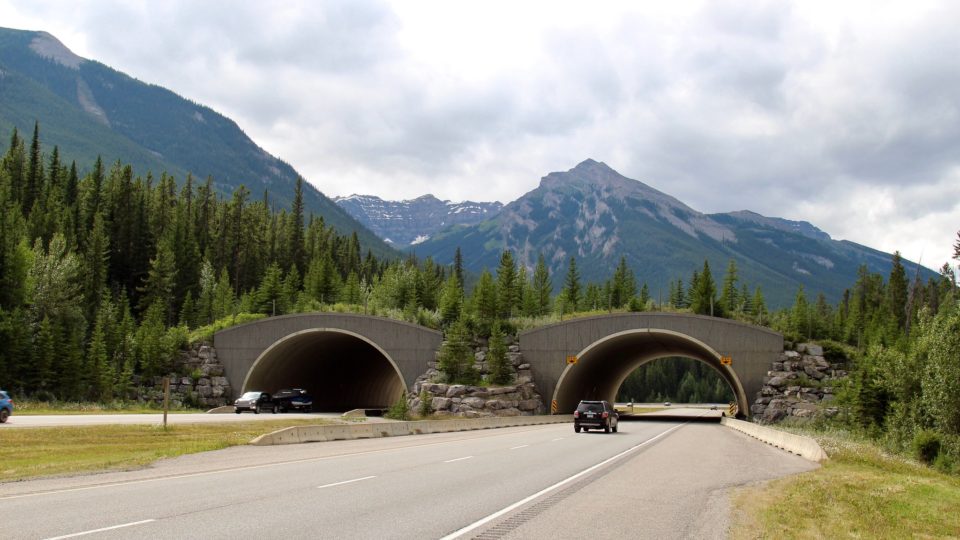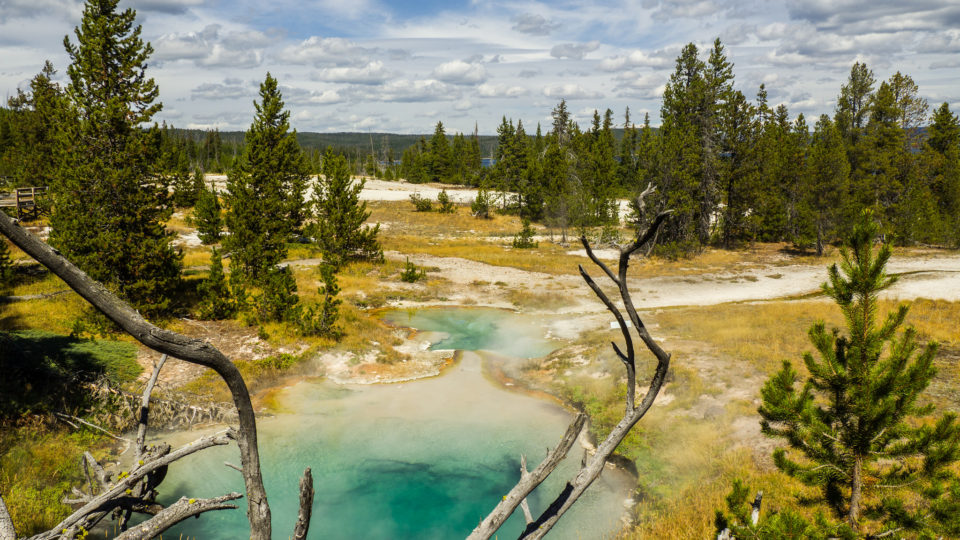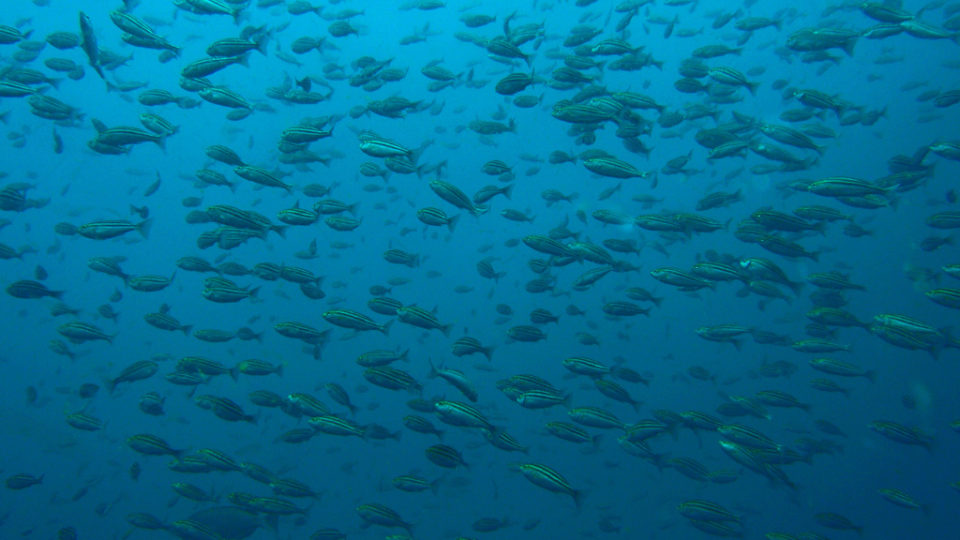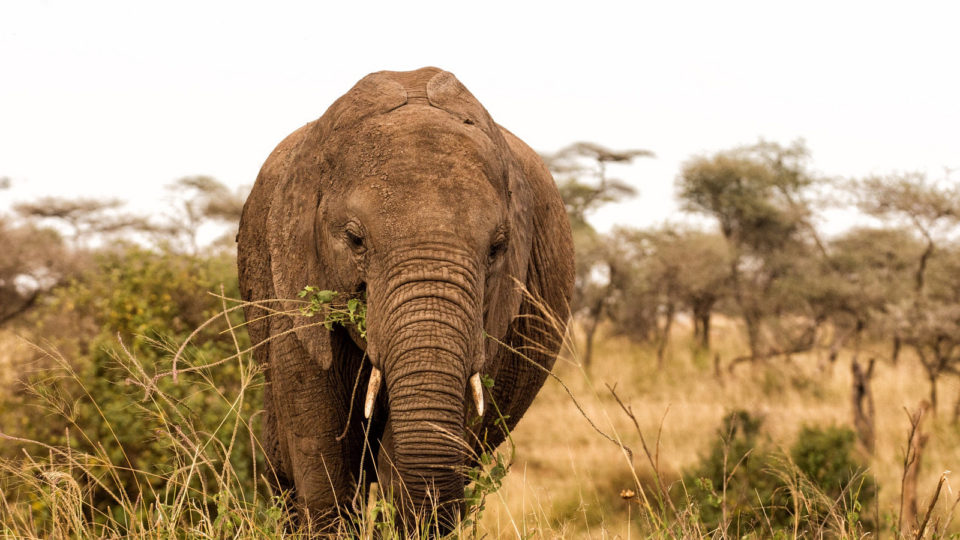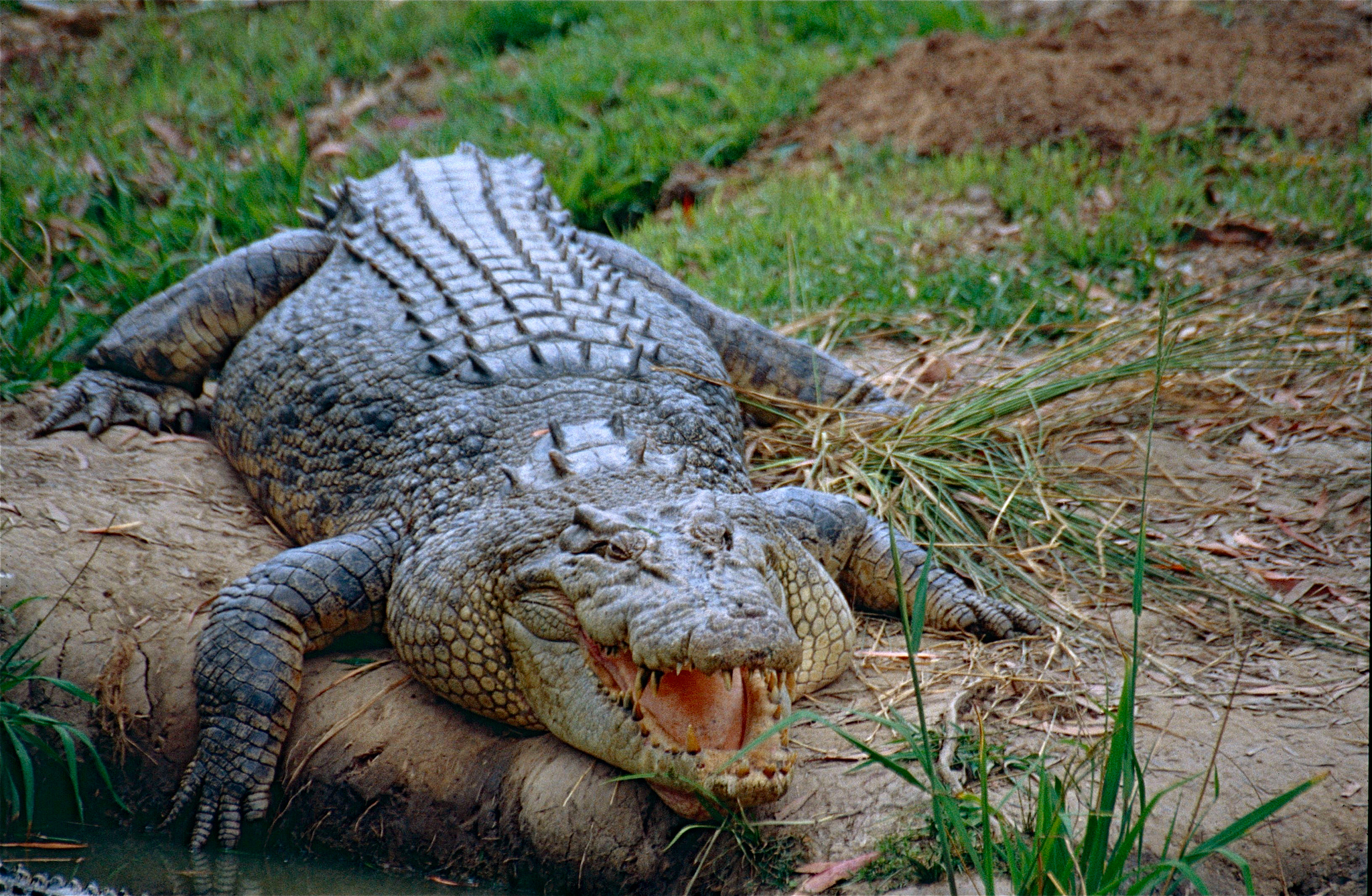Over the past three years, orcas (also known as killer whales) have been attacking boats off the coasts of Portugal and Spain. The subpopulation of orcas in this region has been harassing boats, most often by biting at their rudders.
There have been over 500 reported instances of orcas reacting to boats. Sometimes they simply approach the vessels, but some of the time they actually attack. Almost 20% of the attacks have caused enough damage to disable the vessels. In three cases, including one in May in the Strait of Gibraltar, the animals damaged a boat so badly that it sank. To date, no one has been injured during these attacks.
Orca researchers have observed several different killer whales during these attacks. They seem to come from two separate groups: a trio of juveniles occasionally joined by a fourth, as well as a mixed-age group consisting of an adult female, two of her offspring, and two of her sisters. The attacks typically last less than 30 minutes but can go on for up to 2 hours.
Researchers don’t really know why orcas are going after watercraft. This behavior has not been observed anywhere else in the world. One theory is that the orcas have invented a new fad. That’s actually something that they are known to do. Much as with people, orca fads are often spearheaded by juveniles. An alternative theory is that the attacks may be a response to a bad past experience involving a boat. The fact that nobody has been injured in any of these attacks, even when the boats sank, suggests that only the boats themselves are the target of the attacks and not the people on them.
**********
Web Links
Why Has a Group of Orcas Suddenly Started Attacking Boats?
Photo, posted May 24, 2023, courtesy of Pedro Szekely via Flickr.
Earth Wise is a production of WAMC Northeast Public Radio
